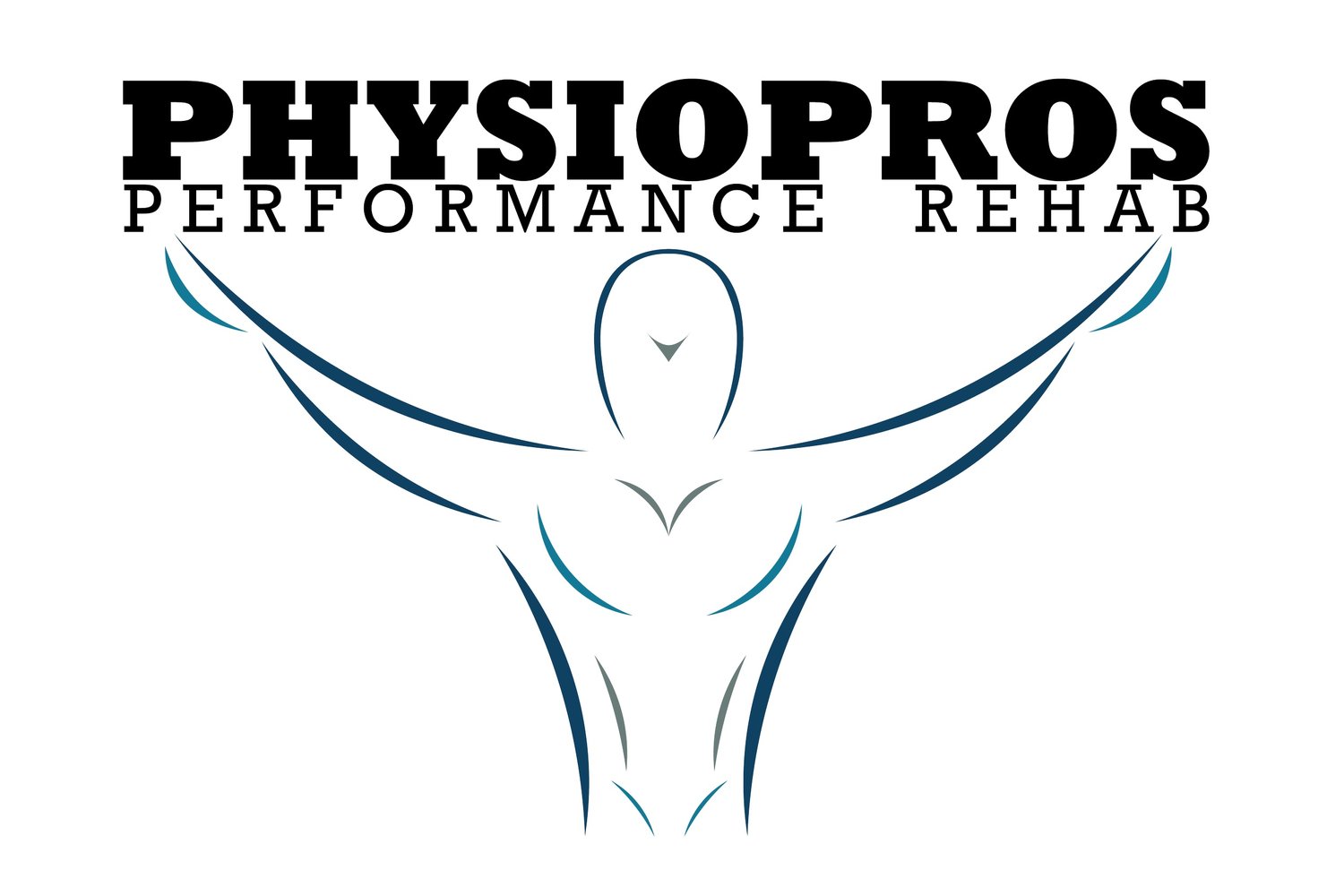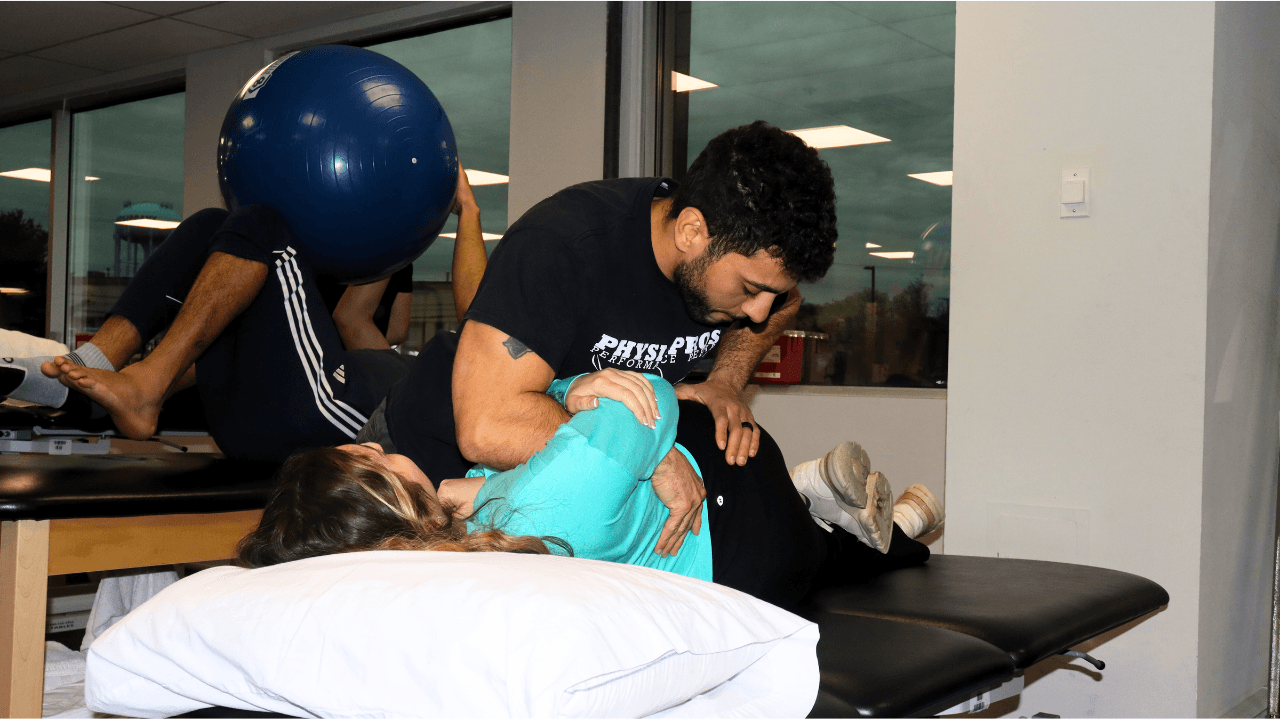Joint Manipulation
What Is Joint Manipulation?
How Does It Work?
Joint manipulation works by applying a precise, manual thrust to a restricted joint. This quick motion:
Releases joint fixations or “locks”
Stimulates joint receptors to reduce pain signals
Increases joint range of motion
Restores biomechanical alignment
Relieves pressure on surrounding tissues
You may hear an audible “pop” or “crack”, this is simply gas being released from the joint and is a normal, pain-free occurrence.
↓
Common Manipulation Areas
Cervical spine (neck)
Thoracic spine (mid back)
Lumbar spine (lower back)
Sacroiliac joint (pelvis)
Ribs and costovertebral joints
Extremity joints (e.g., shoulder, wrist, ankle)
- and more!
Key Benefits
Improved joint mobility and spinal alignment
Reduced muscle guarding and tension
Faster return to daily activity or sport
Improved nervous system regulation
Better posture and movement control
- Immediate pain relief in many cases
FAQs
Q: Will joint manipulation hurt?
A: No, joint manipulation is generally painless. You might feel pressure and hear a pop, but most patients feel immediate relief or improved motion afterward.
Q: How is it different from chiropractic adjustments?
A: While the techniques are similar, physical therapists integrate manipulation into a broader rehab plan, combining it with exercise, education, and manual therapy to address the root cause of dysfunction.
Q: How often will I need it?
A: Frequency varies. Some patients benefit from 1–3 sessions, while others receive it occasionally as part of ongoing care. We’ll personalize your treatment plan.
Q: Is it safe?
A: Yes, when performed by a licensed and trained professional like the ones at Physiopros. Our team thoroughly screens for contraindications to ensure safe application.


